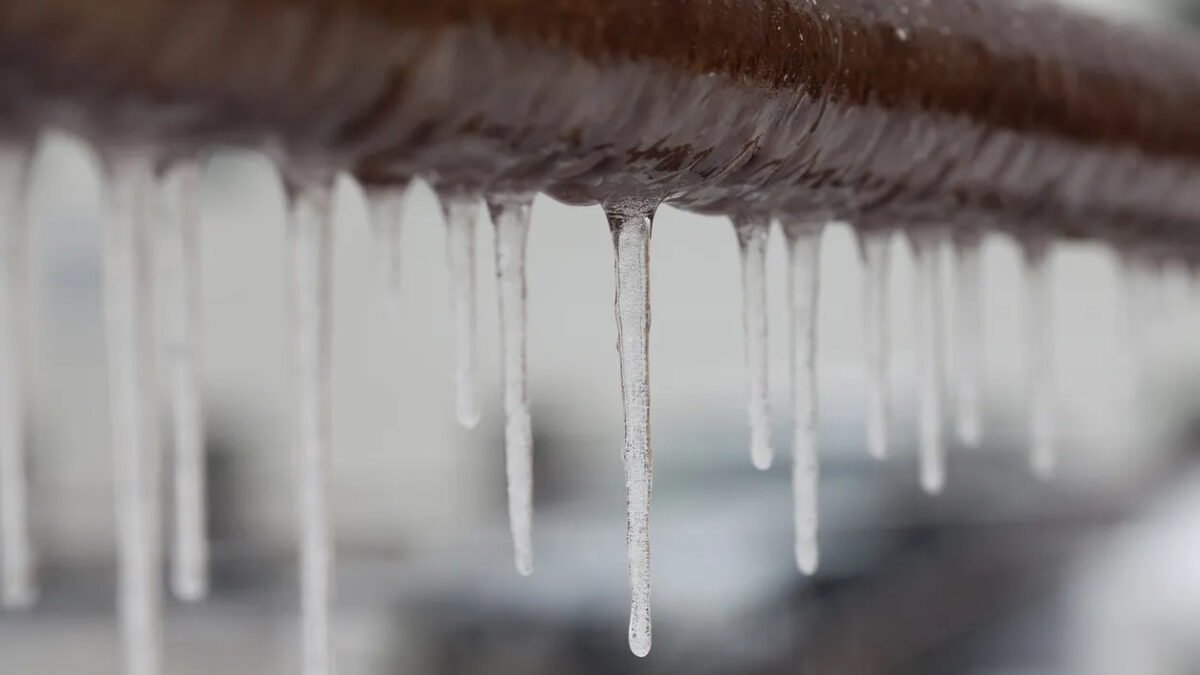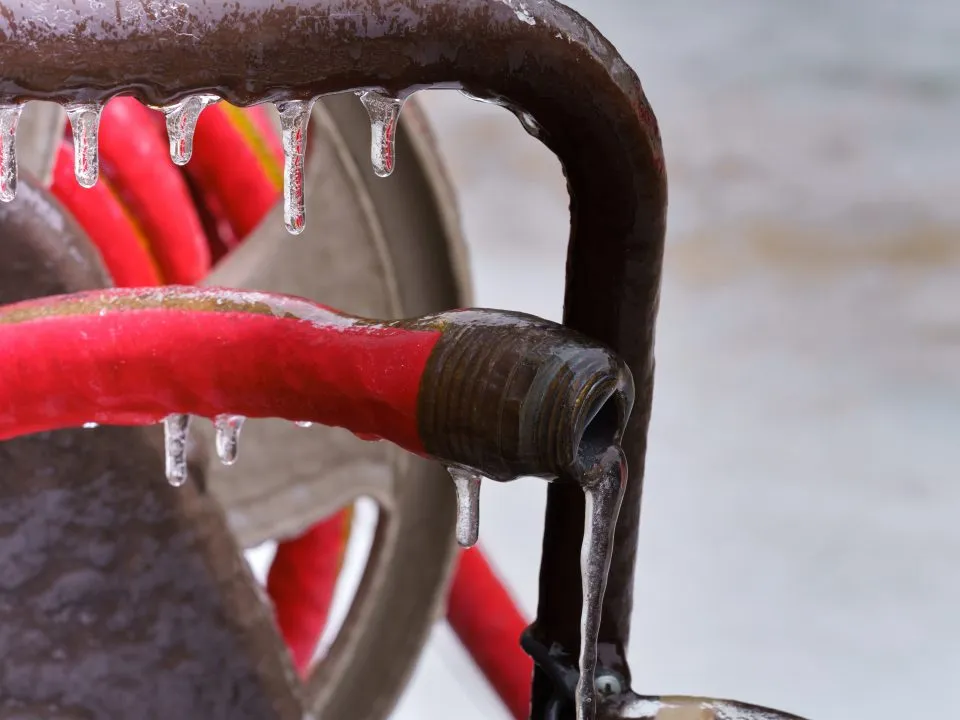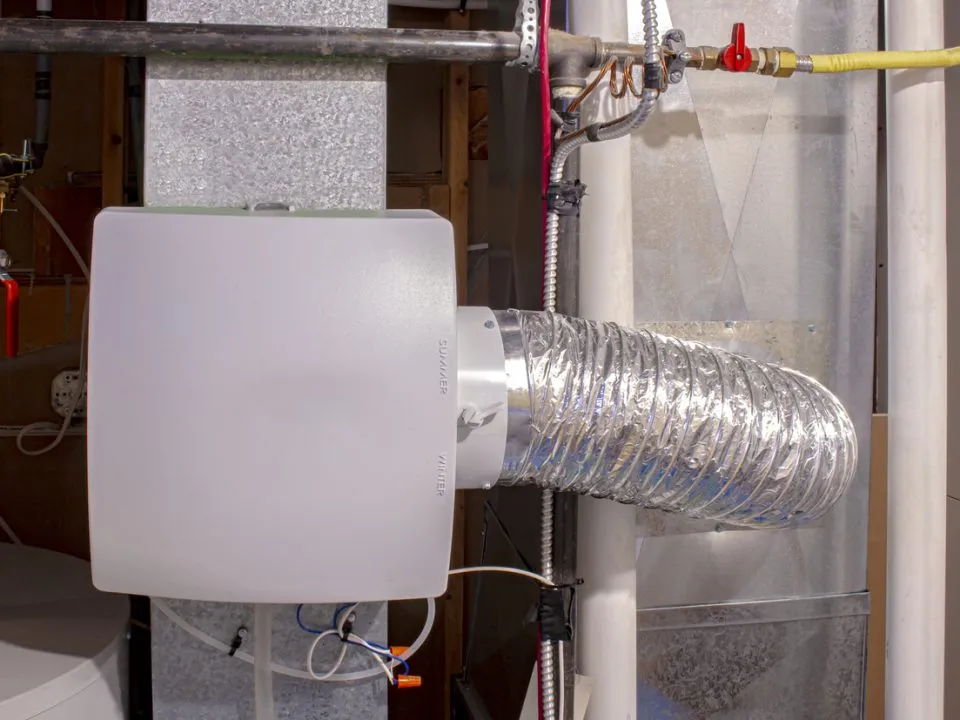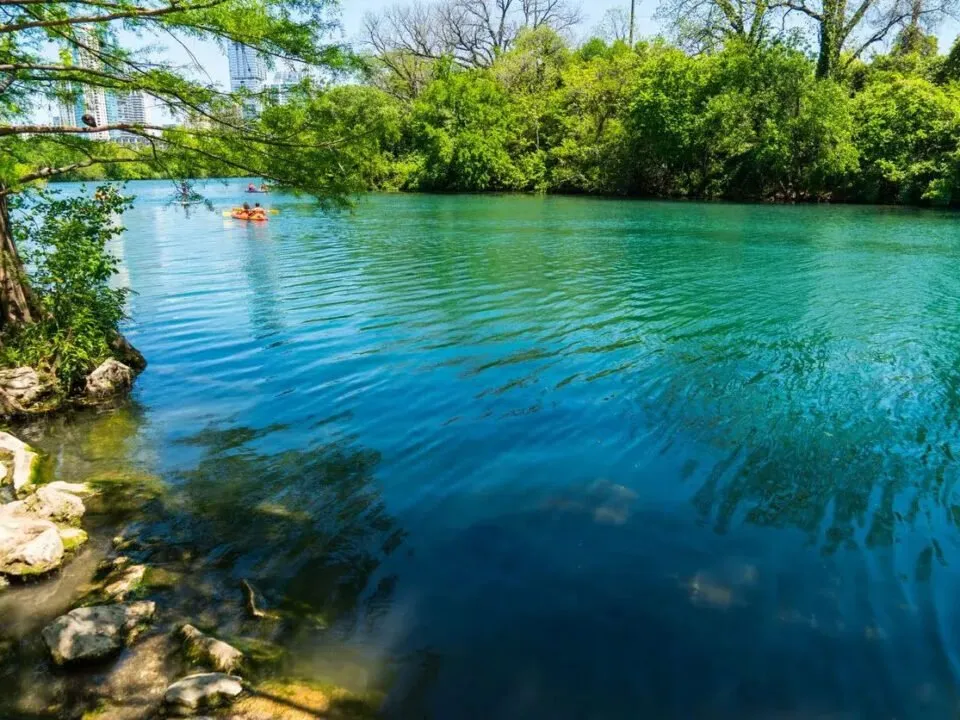
Winterizing your plumbing in Austin, Texas is important to protect your pipes from freezing and bursting during the colder months. By taking a few simple steps, you can help prevent costly damage to your home and save yourself a lot of hassle. In this blog, we’ll go over some key tips for winterizing your plumbing in Austin so you can stay warm and worry-free all winter long.
1. Disconnect and drain outdoor hoses
One of the first things you should do to winterize your plumbing in Austin is to disconnect and drain all of your outdoor hoses. Water left in hoses can freeze and expand, causing the hose or the faucet it’s connected to burst. To prevent this from happening, simply turn off the water supply to the hose, then drain the hose and store it in a garage or shed for the winter.
2. Insulate exposed pipes
Another important step in winterizing your plumbing in Austin is to insulate any exposed pipes you have. Pipes that are exposed to the cold are much more likely to freeze and burst, so it’s important to keep them warm and protected. You can use pipe insulation, electrical heat tape, or even newspaper to wrap around the pipes and keep them warm. This is especially important for pipes that are located in unheated areas like attics, crawl spaces, and basements.
3. Fix any leaks or drips
Before the colder weather arrives, it’s a good idea to check your plumbing for any leaks or drips. These small issues can turn into big problems if they’re left unchecked, as the water can freeze and cause pipes to burst. By fixing any leaks or drips now, you can help prevent costly damage to your home.
4. Seal any gaps or cracks in your foundation
Gaps or cracks in your foundation can let cold air into your home, which can cause your pipes to freeze. To help prevent this from happening, it’s essential to seal any gaps or cracks in your foundation. You can use caulking or spray foam insulation to fill the gaps and keep the cold air out.
5. Keep your thermostat set to a consistent temperature
One of the simplest ways to winterize your plumbing in Austin is to keep your thermostat set to a consistent temperature. By maintaining a consistent temperature in your home, you can help prevent your pipes from freezing. It’s a good idea to keep the thermostat set to at least 55 degrees Fahrenheit, even when you’re not home.
6. Open cabinet doors to allow heat to reach pipes
If you have pipes located in cabinets or under sinks, it’s a good idea to open the cabinet doors to allow heat to reach the pipes. This will help prevent the pipes from freezing, especially if you have a cold draft coming from outside.
7. Know where your main water shut-off valve is located
In the event that your pipes do freeze and burst, it’s important to know where your main water shut-off valve is located. This will allow you to quickly turn off the water supply and minimize the damage. The main water shut-off valve is usually located near the water meter or the water heater.
8. Consider installing a smart thermostat
A smart thermostat can be a great investment for winterizing your plumbing in Austin. These thermostats allow you to control the temperature in your home remotely, so you can make sure your pipes are staying warm even when you’re not home. Some smart thermostats even have sensors that can detect when pipes are at risk of freezing and alert you to take action.




